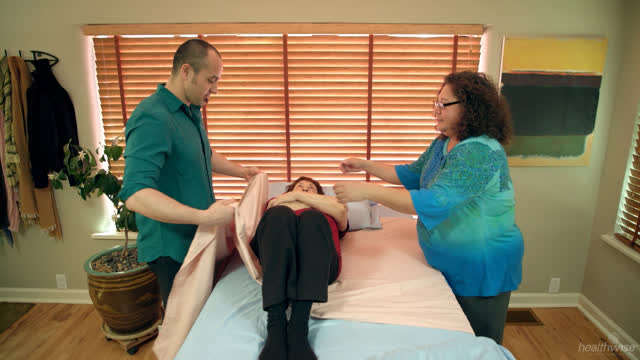Caregiving: Washing Soiled Clothes and Linens
Topic Overview
Keeping clothes and bed linens clean can take time, but it’s worth the effort. It can help the person you’re caring for stay healthy and feel clean. Clothes and bed linens become soiled when they come into contact with things like urine, stool, or vomit. Washing soiled clothes and linens right away can help reduce infection from germs.
Soiled clothes and linens can cause infection when they come into contact with people or with any items around the home. So be sure to handle them with care and wear gloves. Hold them away from you, and keep them from touching clean surfaces or other clean linens.
If you can’t wash dirty clothes or linen right away, store them in a container with a lid and wash them as soon as you can.
How to wash soiled clothes and linens
You can clean clothes and linens in a washing machine, using laundry detergent. Always wear disposable gloves when handling soiled clothes or linens. And always wash them separately from other items.
- Using disposable gloves, wipe off any stool with paper towels. Put the used paper towels in a plastic trash bag. Small amounts of easily removed stool can be removed with toilet paper and flushed down the toilet.
- Put the soiled linens in a large plastic bag. The bag should prevent moisture from leaking through. Take the bag to the washing machine.
- Put the linens in the washing machine. Wash items in a pre-wash cycle first. Then use a regular wash cycle with detergent. Use the warmest temperature recommended on the labels.
- Take off your gloves and wash your hands right away after you handle the soiled clothes or linens.
- Dry clothes and linens in a clothes dryer. Use the warmest temperature recommended on the labels.
Current as of: April 1, 2019
Author: Healthwise Staff
Medical Review:Kathleen Romito MD – Family Medicine & Gayle E. Stauffer , RN – Registered Nurse
This information does not replace the advice of a doctor. Healthwise, Incorporated, disclaims any warranty or liability for your use of this information. Your use of this information means that you agree to the Terms of Use. Learn how we develop our content.



